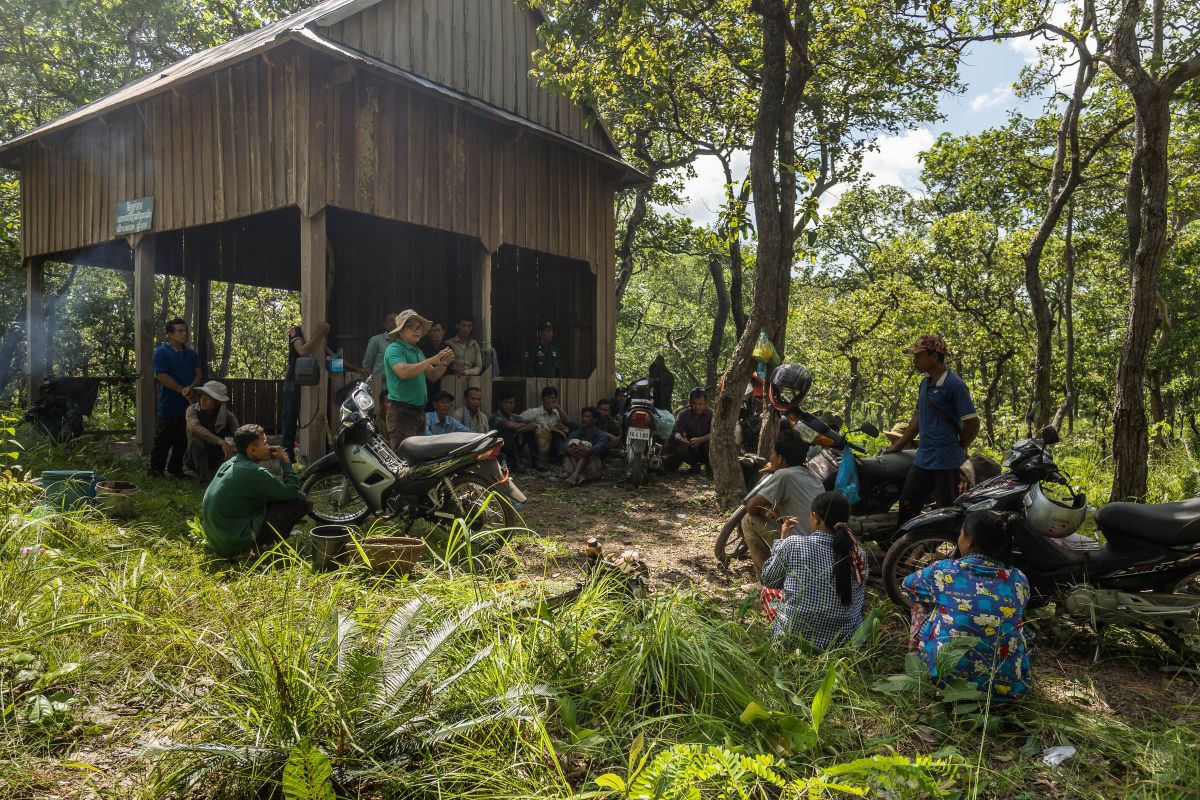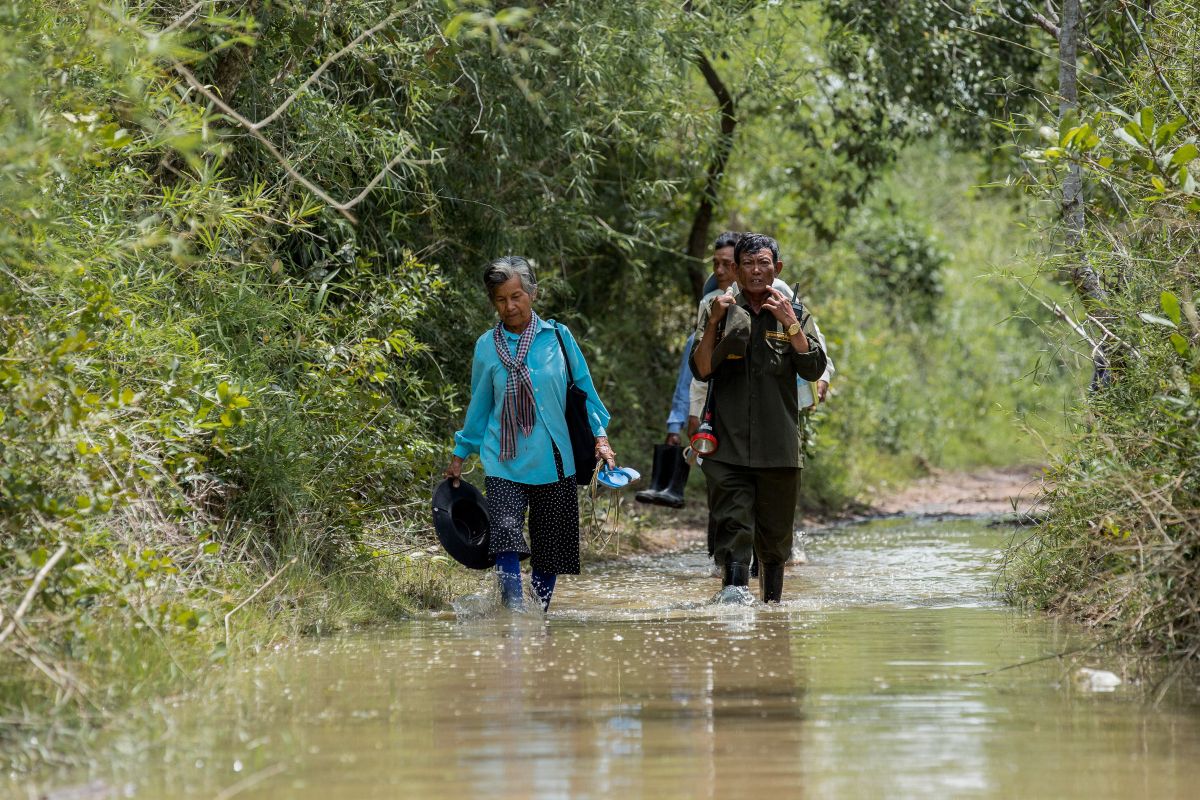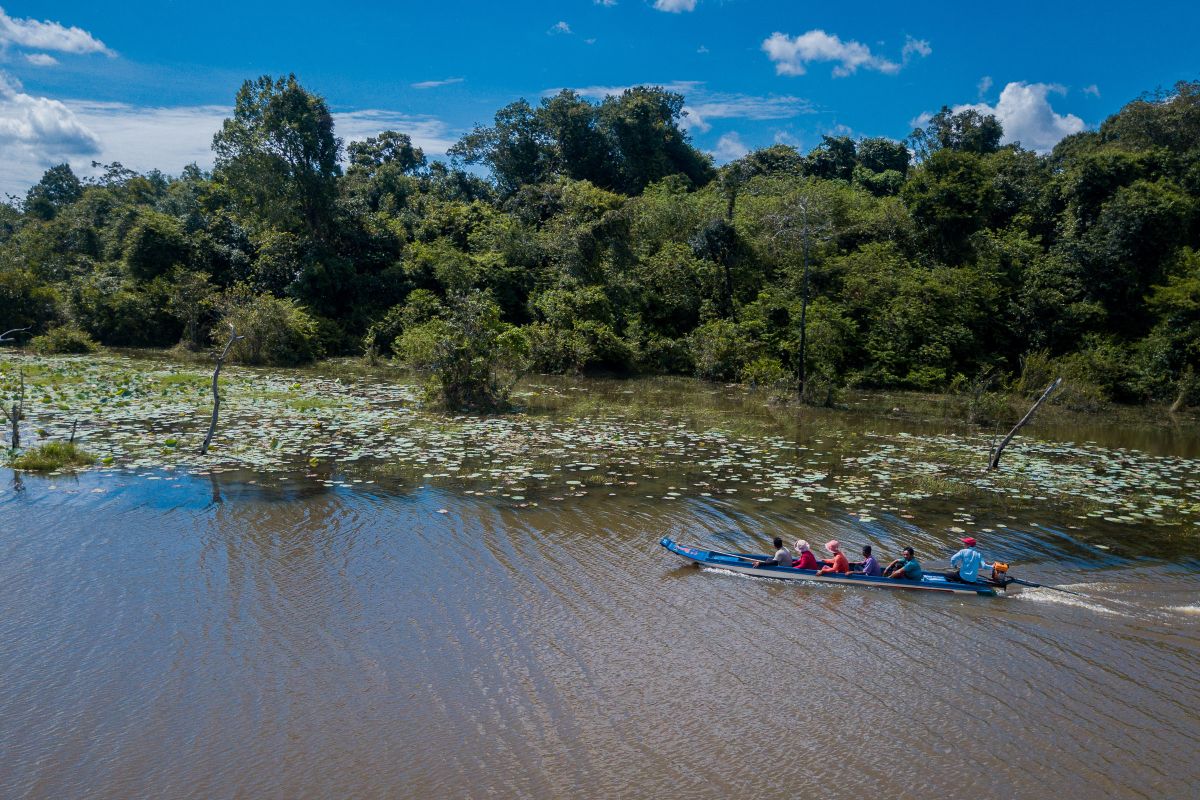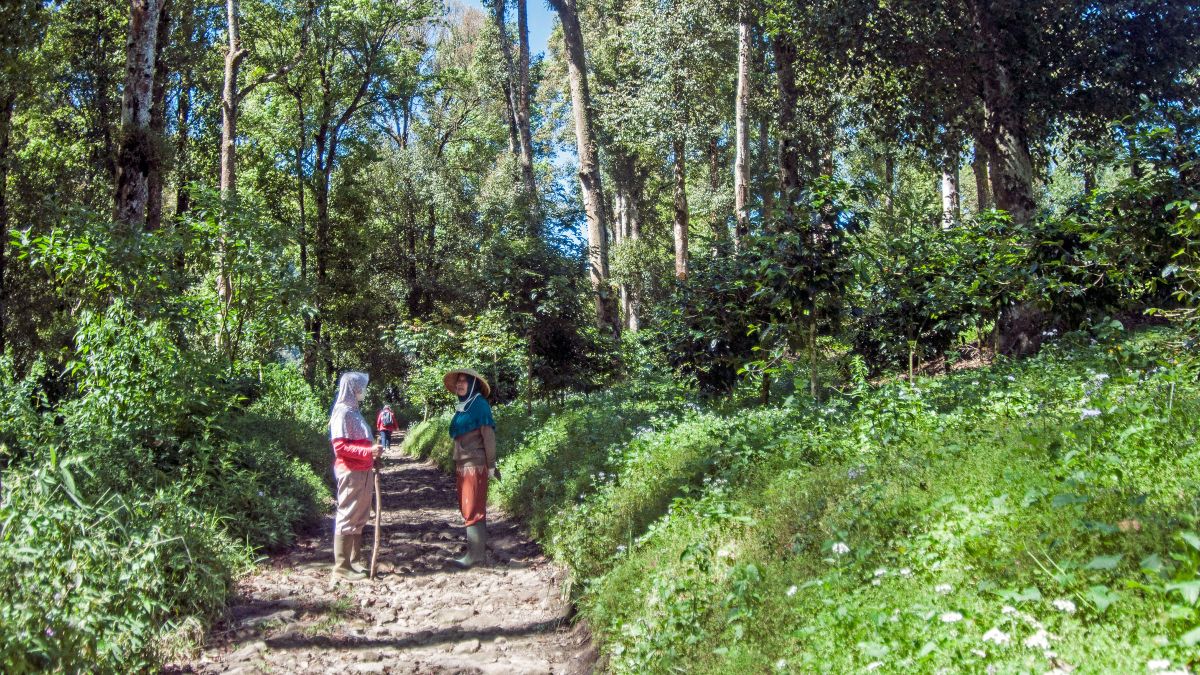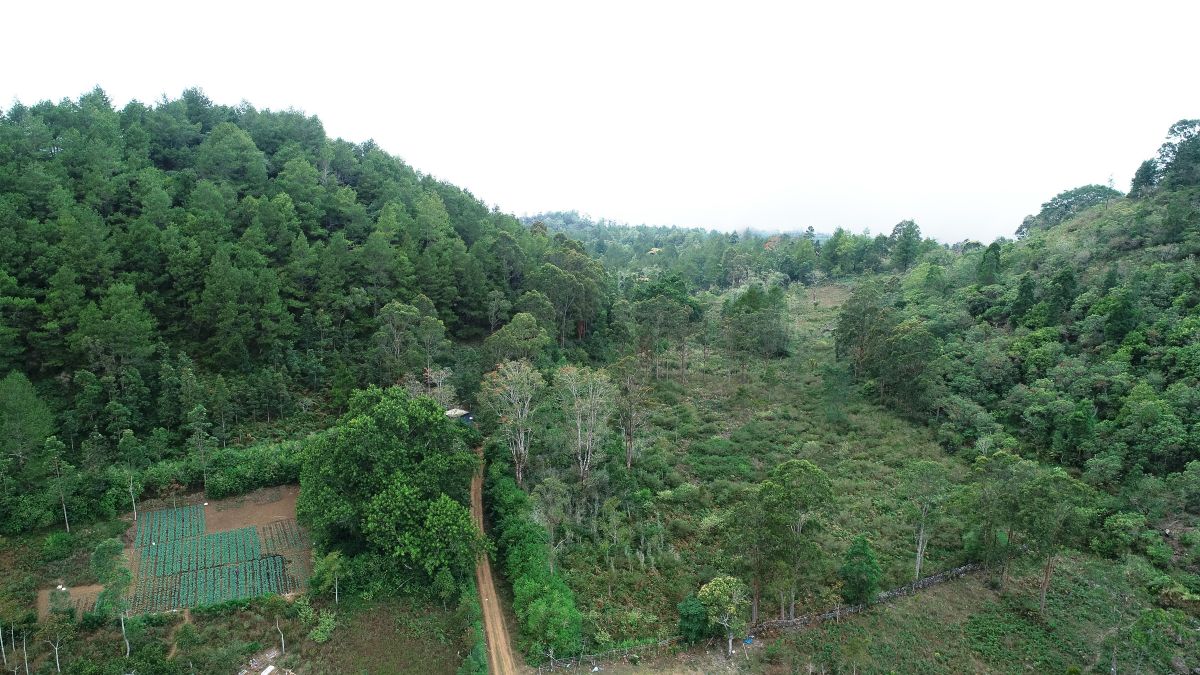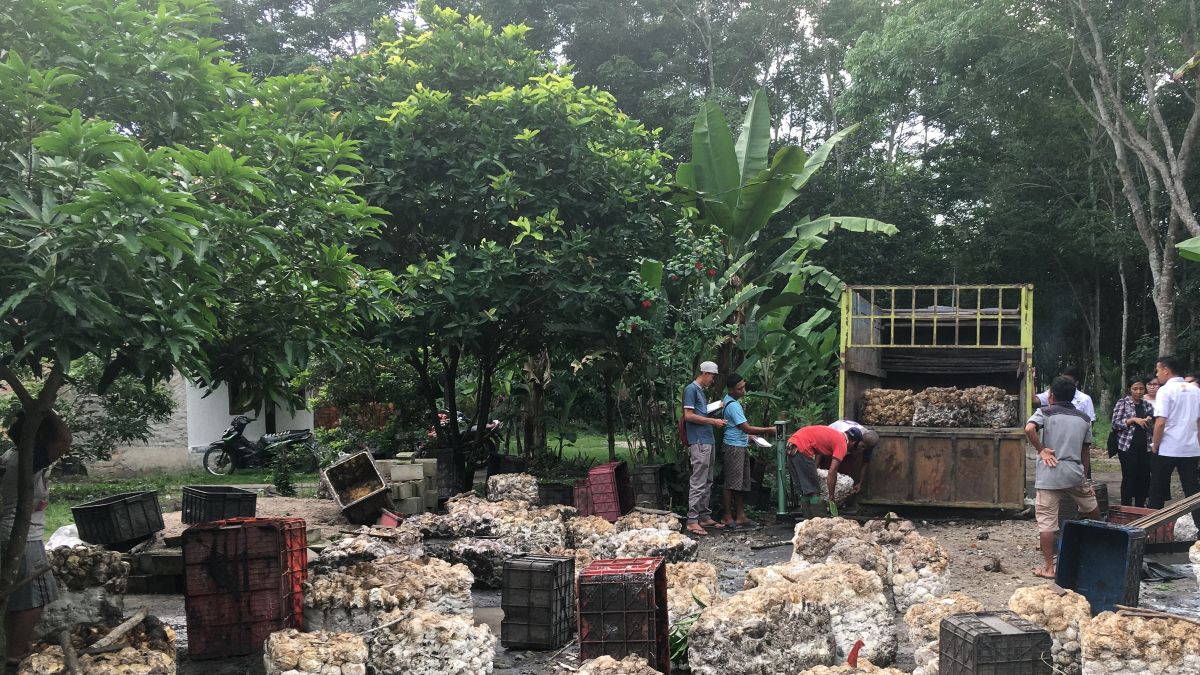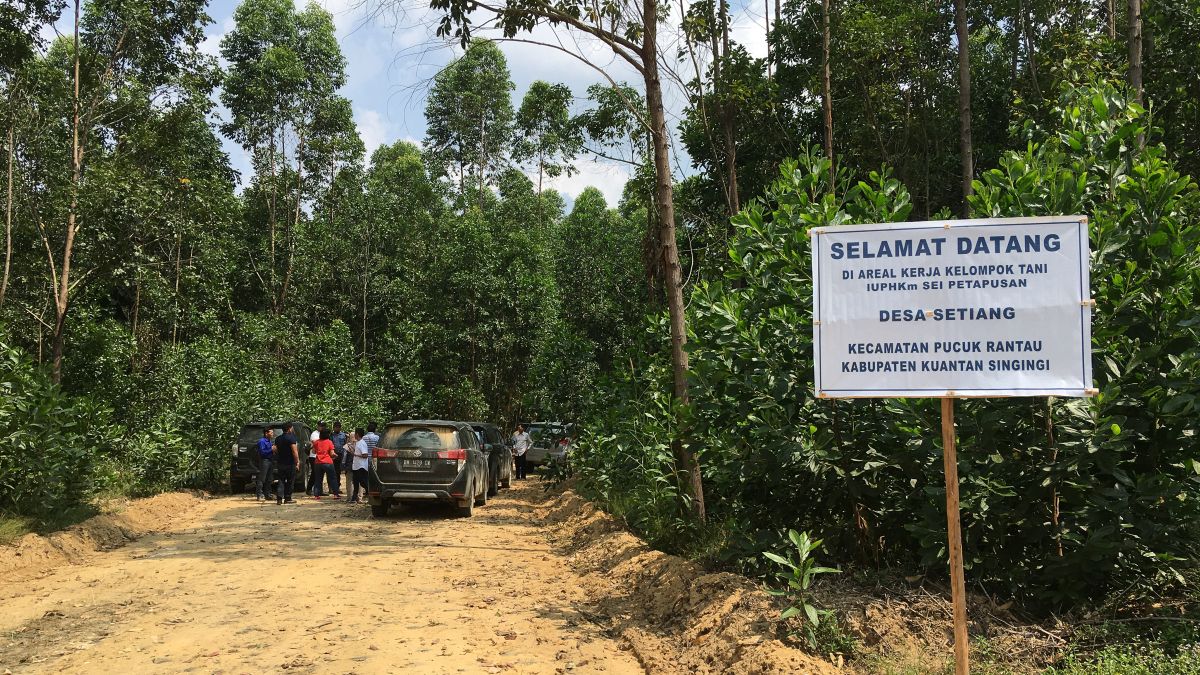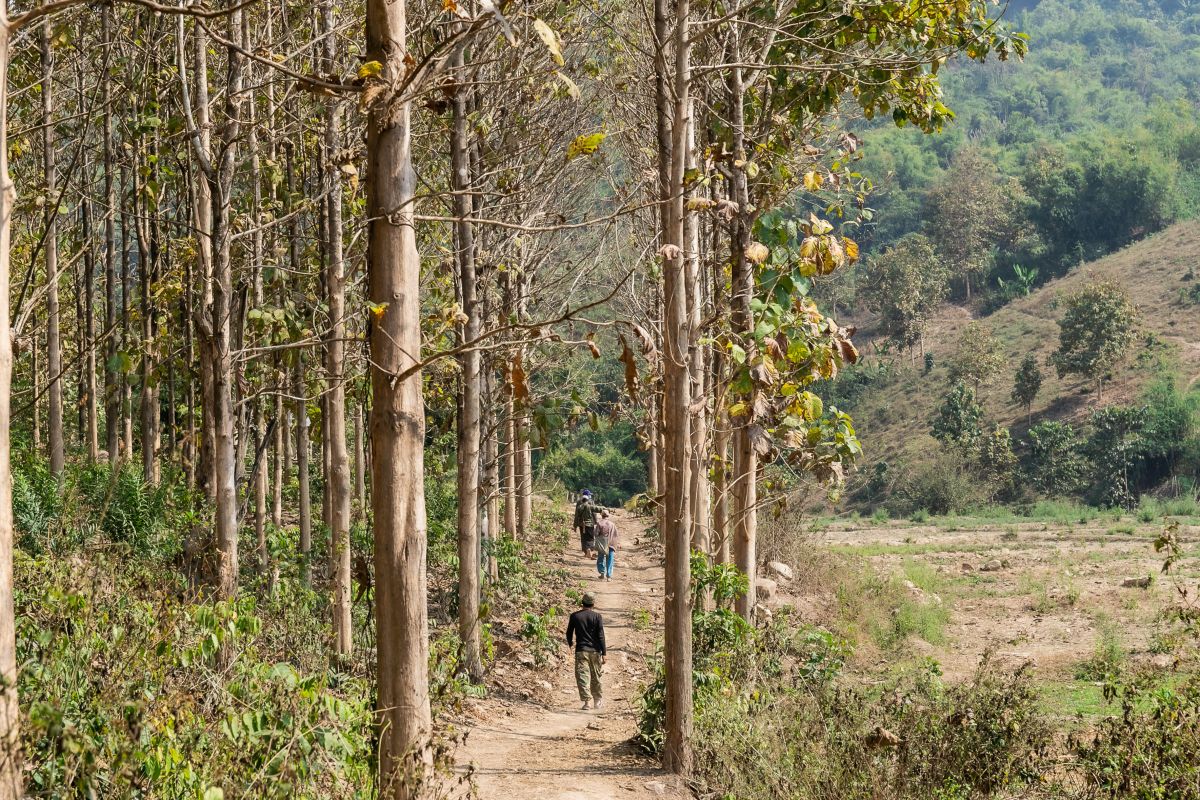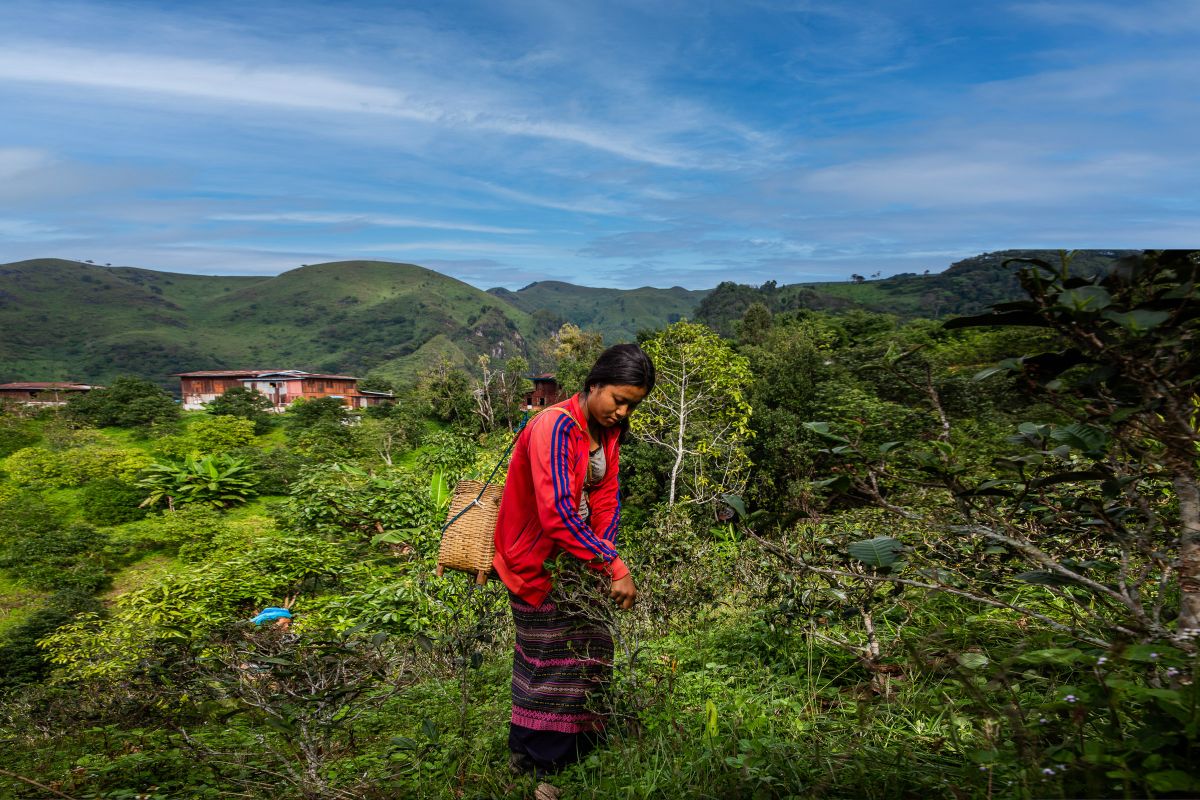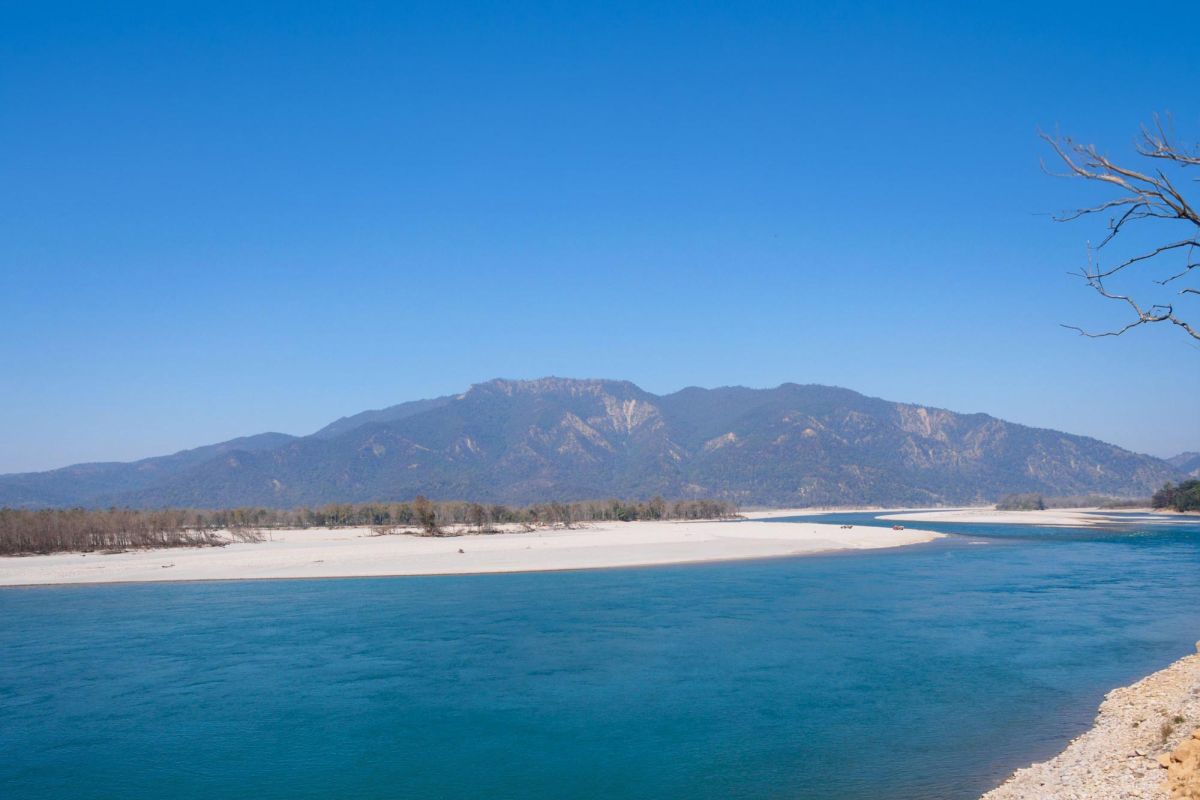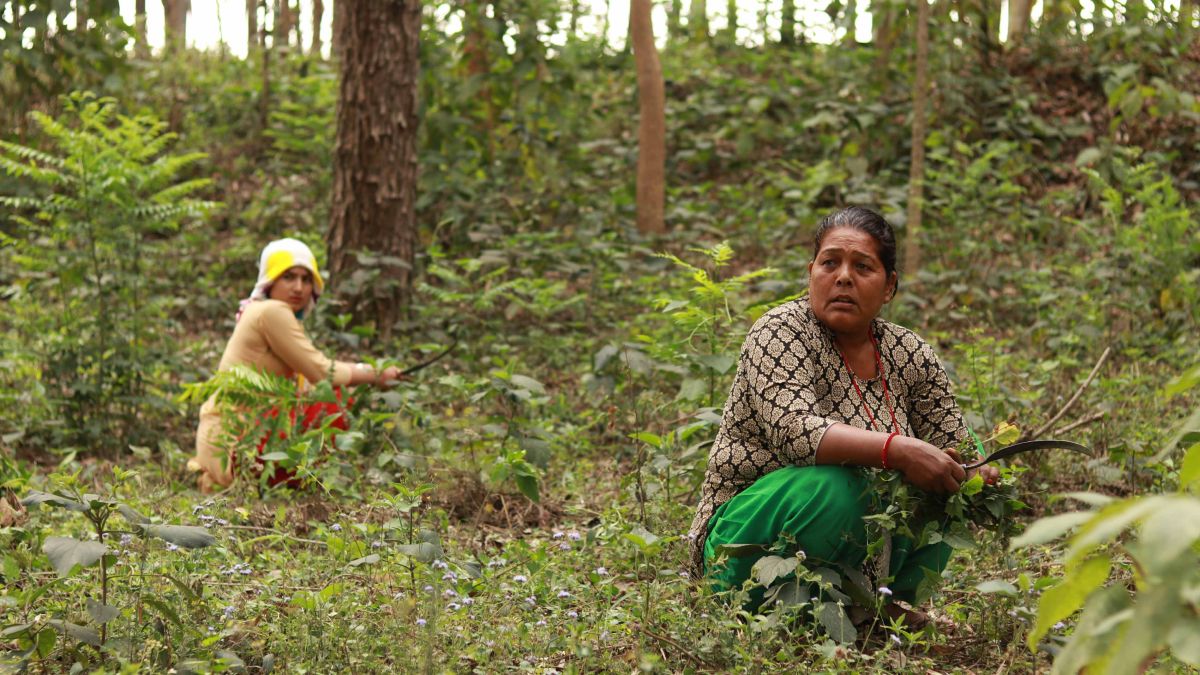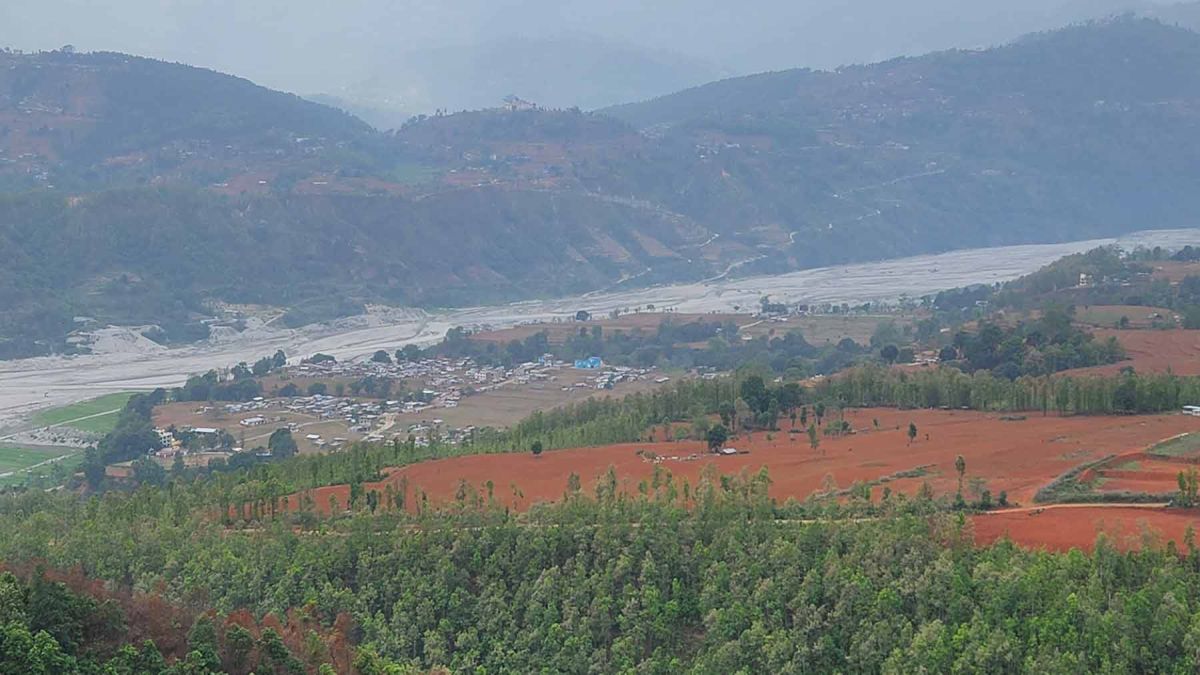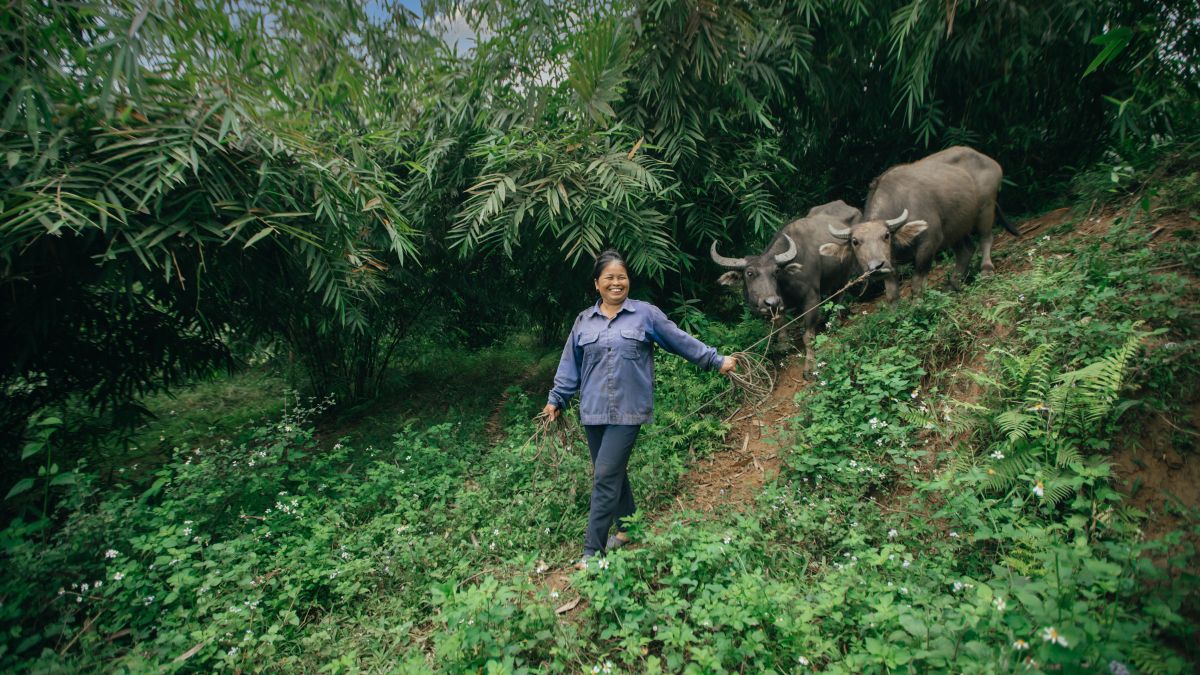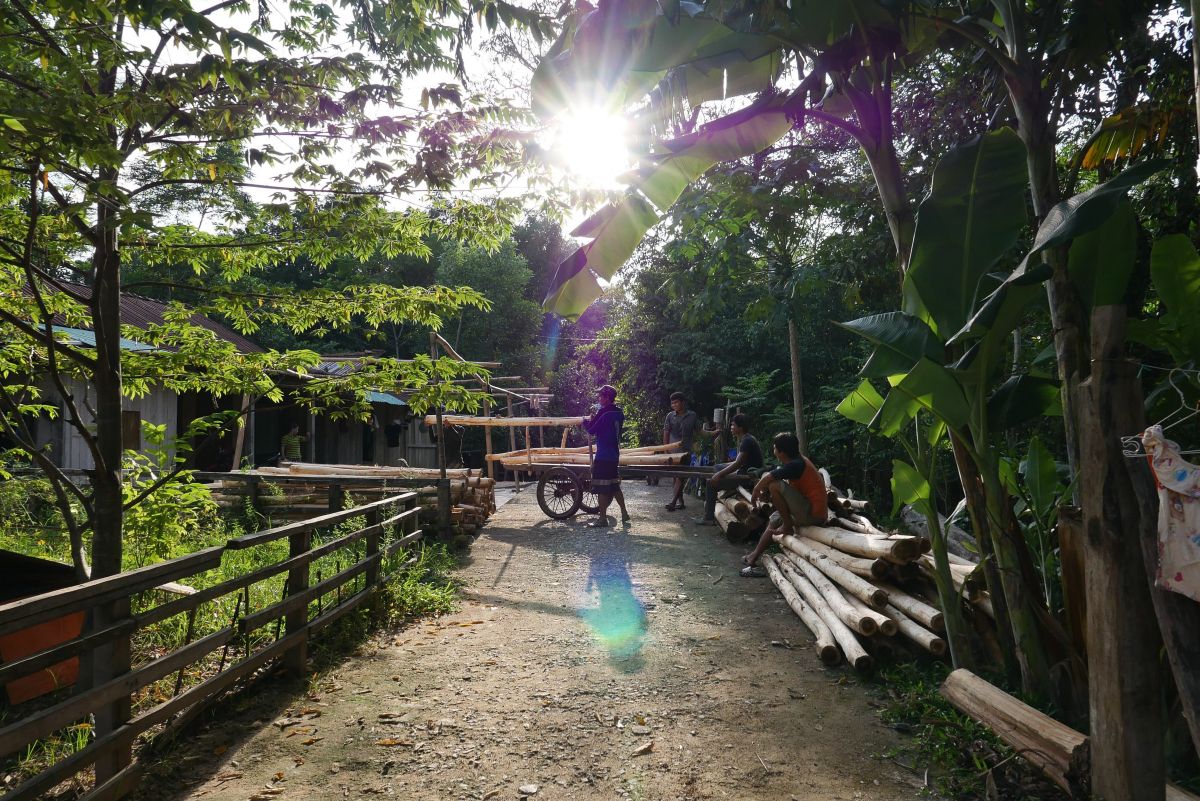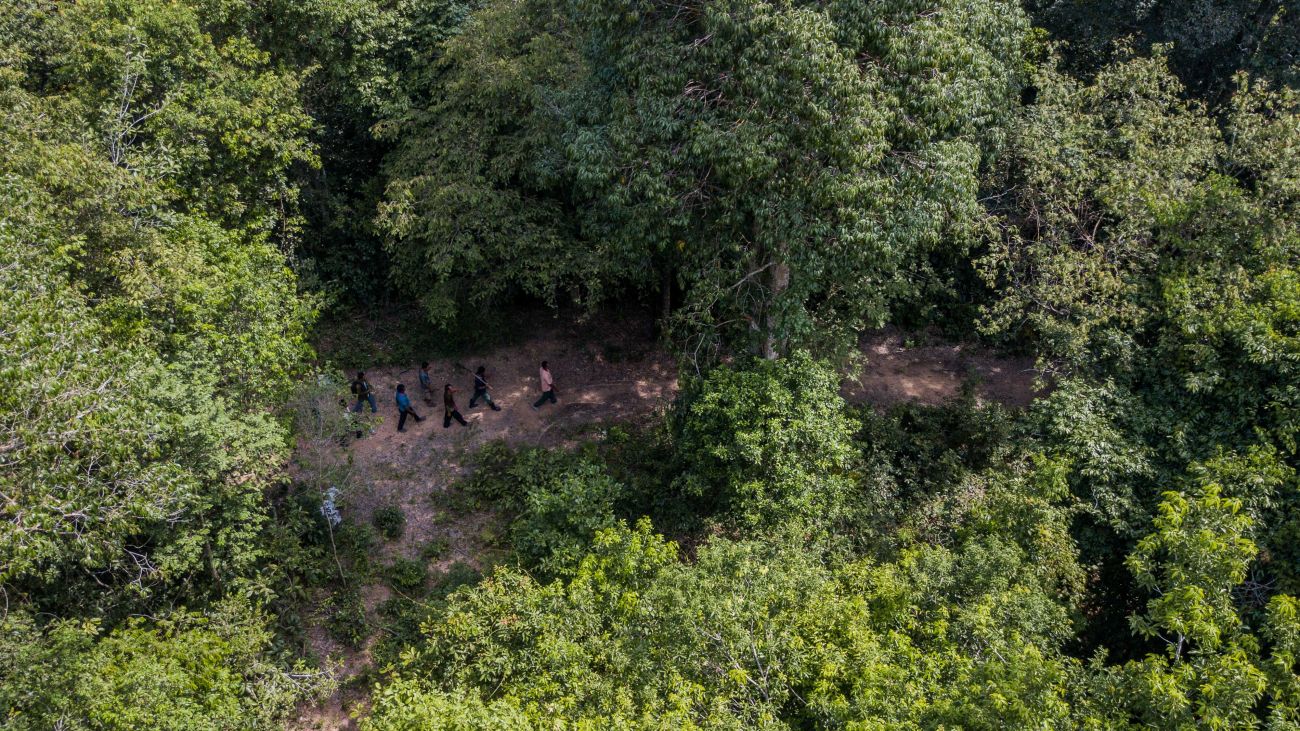
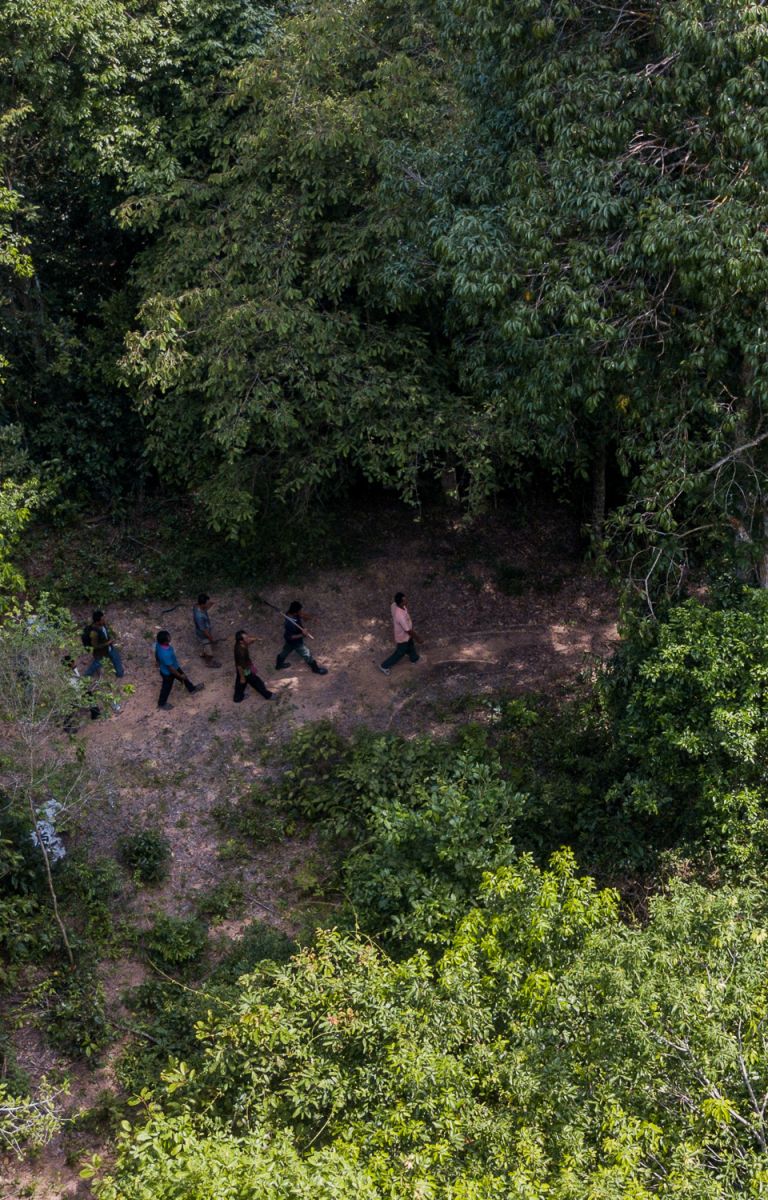
Community forestry models in Asia-Pacific
Community forestry is a broad term for approaches that empower people to manage, protect and benefit from a local forest, which their community may have relied upon for generations. These approaches have different names, such as social forestry, village forestry, participatory forestry, community-based forest management and people-centred forestry. The approaches vary in the extent to which they give communities, through formal and customary law, the right to use and benefit from the forest resources.
Here we provide an overview of the formal community forestry models in each of RECOFTC’s seven countries of engagement: Cambodia, Indonesia, Lao People’s Democratic Republic (Lao PDR), Myanmar, Nepal, Thailand and Viet Nam. We cover the extent to which communities can access and benefit from community forestry under the legal framework in their country. Outside of these frameworks, many communities continue to practise community forestry according to local customs and knowledge.
Under each community forestry model, we highlight who can benefit and under what conditions, what rights and responsibilities communities have, any provisions for addressing gender inequality and how the model relates to national climate change commitments and targets.
Follow the links below to learn more about community forestry models in the Asia–Pacific region. Read and download individual infosheets on this page. Click here to download a compilation of all models.
Cambodia
Indonesia
Lao People’s Democratic Republic (Lao PDR)
Myanmar
Nepal
Thailand
Viet Nam

